What to Do About a Chimney Downdraft in the Summer
As a company that’s been in business since 1989, we’ve seen and handled all types of chimney services. Chimney downdrafts are a more common problem than homeowners realize until they’re faced with one. And they’re a serious problem, causing breathing problems and affecting the heating and cooling system in your home. A chimney downdraft in summer though will add an unattractive smell to that list of problems.
It’s an alarming issue, but don’t panic. We’ll let you know what to do about a chimney downdraft in the summer, and how you can prevent them in the future. If you’re unsure of how to follow our steps, contact us, we’d love to help and ease any stress!

What is a chimney downdraft and what causes them?
A chimney downdraft is when airflow is no longer traveling up your chimney and out of your home. This causes smoke from your fireplace and exhaust from your water heater to travel back down, also known as backdraft, and into your home. The most common cause of chimney downdrafts is your chimney not being tall enough or there is something interfering with the wind around it, like other buildings or bushes. The cause can also be as simple as a dirty or clogged chimney. Book an appointment with us and we’ll be right over to provide our chimney sweeping.
Why should chimney downdrafts be avoided in the summer?
Chimney downdrafts in the summer, and during all seasons, can lead to bad odors in your home. No one wants to deal with their home smelling, but these odors can actually cause eye and nose irritation, which isn’t good for your health. The humidity of the summer air and hot temperature will add to this problem, worsening the odor. Chimneys are meant to ventilate those fumes away from your home, therefore, it’s possible that you can have a small level of carbon monoxide coming in.
How do I know if I have a chimney downdraft in the summer?
The number one sign that you have a chimney downdraft is if your fireplace has a smell in the summer. New England summers can get extremely hot, so it’s easy to focus on the AC in your home and not the fireplace. But we recommend checking to see if your fireplace has a musty, smoky odor because that’s the most evident signal of having a downdraft. Other common signs of a chimney downdraft include:
- Eyes and nose irritation inside your home
- Soot build-up on your fireplace glass
- Your carbon monoxide alarm is going off unexpectedly
- Hot gusts of air are coming out of your fireplace
These are all signs that air and smoke are building up in your chimney and traveling back into your home.
What to do about a chimney downdraft in the summer?
As you can tell, chimney downdrafts have a poor effect on your house and your health. But what do you do about a chimney downdraft in the summer? How to go about fixing your chimney downdraft is going to depend on the cause. We recommend hiring a professional chimney technician to perform a safety inspection and find the cause. Depending on the cause, solutions to this problem can be replacing your chimney liner, chimney damper, or booking a chimney sweeping.
For future concerns, we have a few recommendations that we offer to all of our clients on how to maintain a chimney over the summer.
Contact Best Chimney Services for Your Greater Boston Area Summer Downdraft Prevention
Now that you know the importance of preventing a chimney downdraft in summer, contact us if you don’t have the time to fix it. Our team of certified chimney technicians is ready to provide you with any of our quality chimney services such as chimney sweeping, chimney inspections, and more. Click here or call (781) 893-6611 to schedule your chimney services.
The post What to Do About a Chimney Downdraft in the Summer appeared first on Boston's Best Chimney.

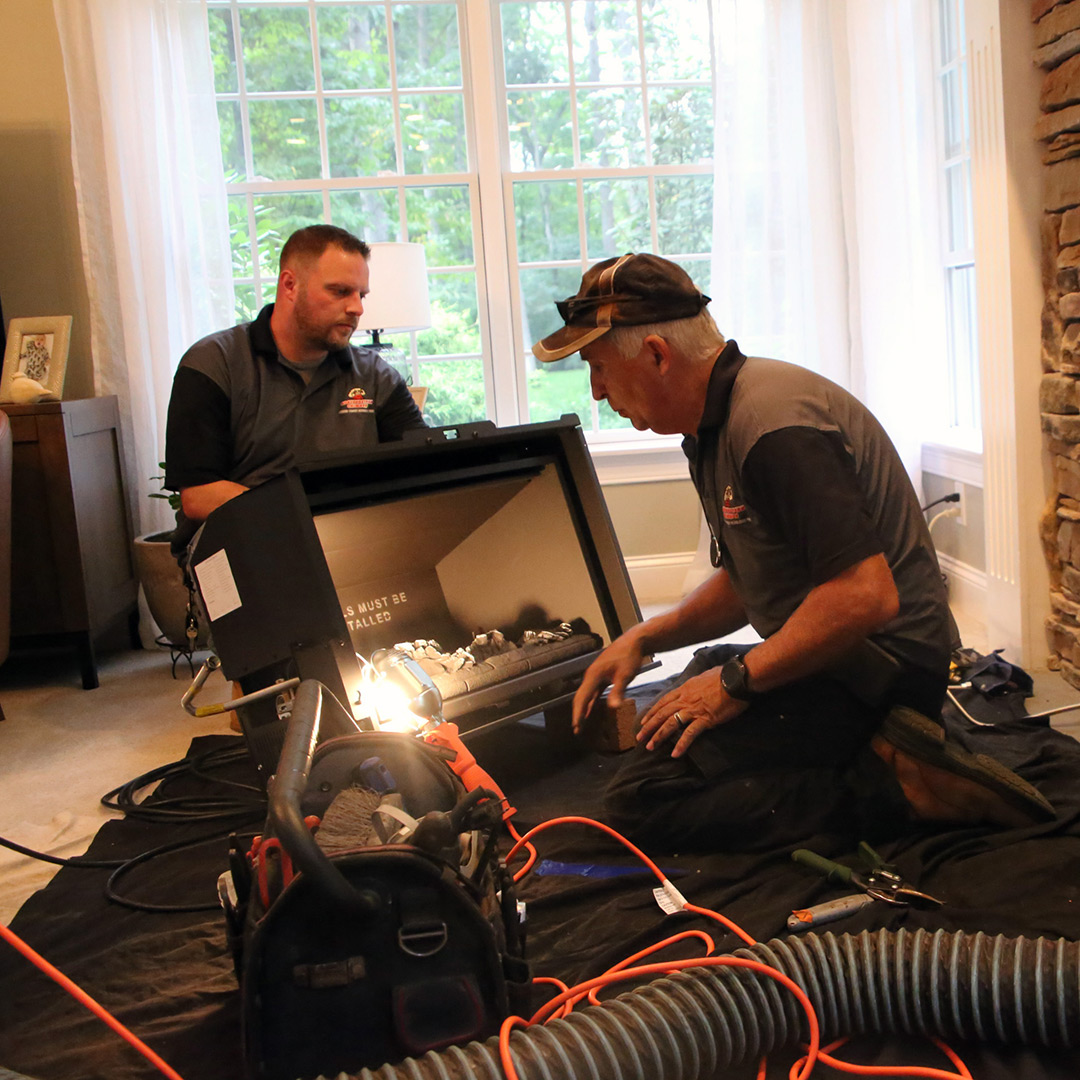 Gas Fireplaces
Gas Fireplaces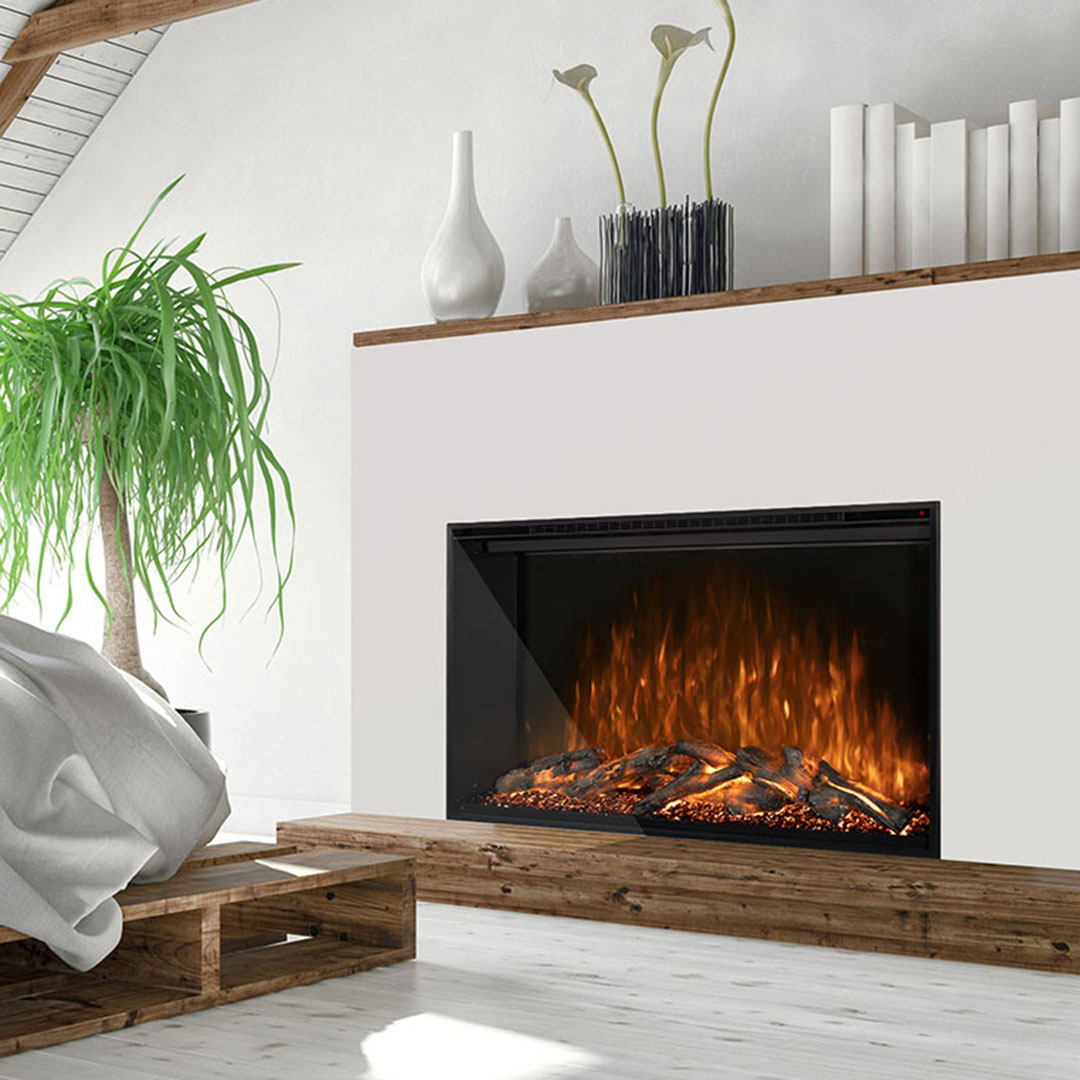
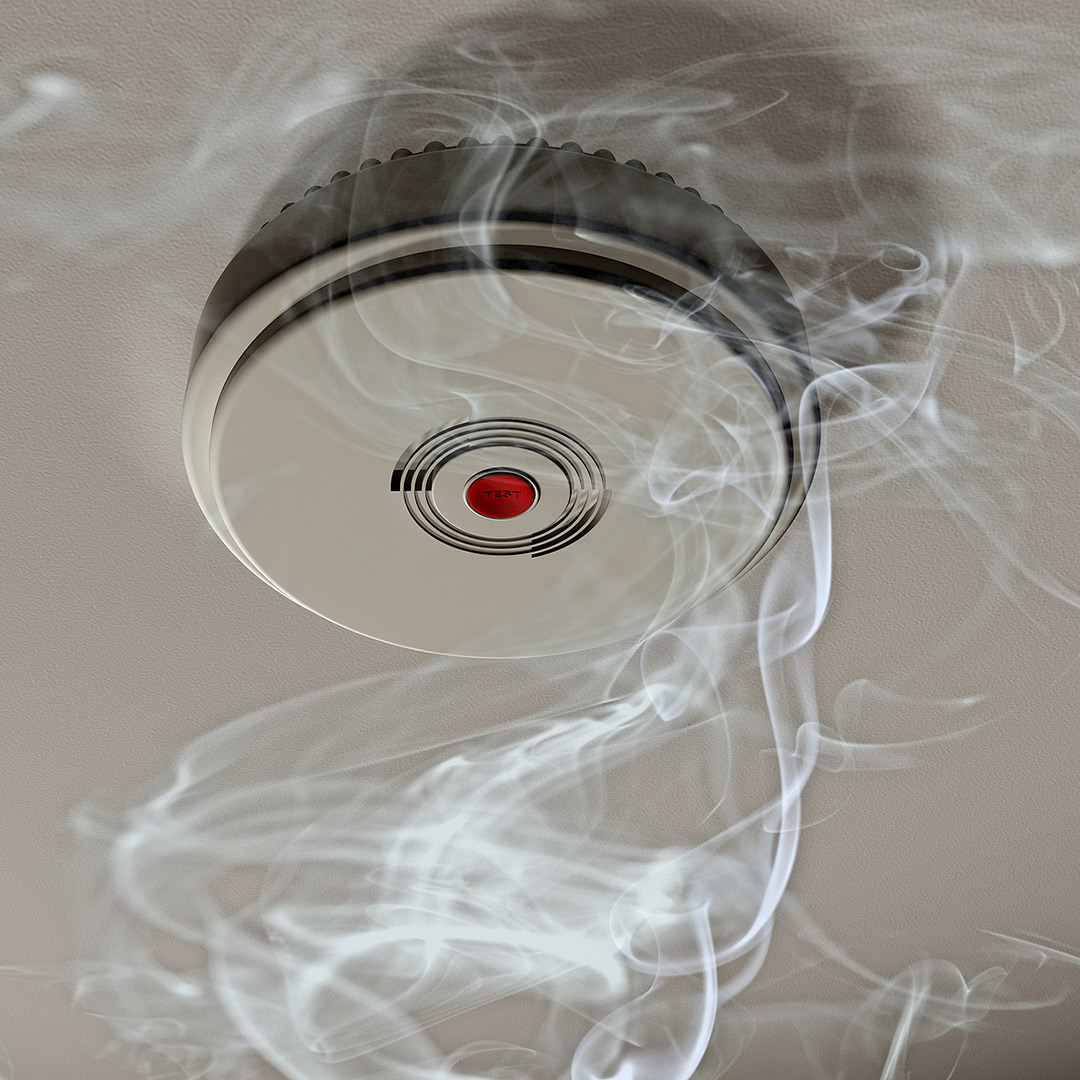 First and Foremost, Safety
First and Foremost, Safety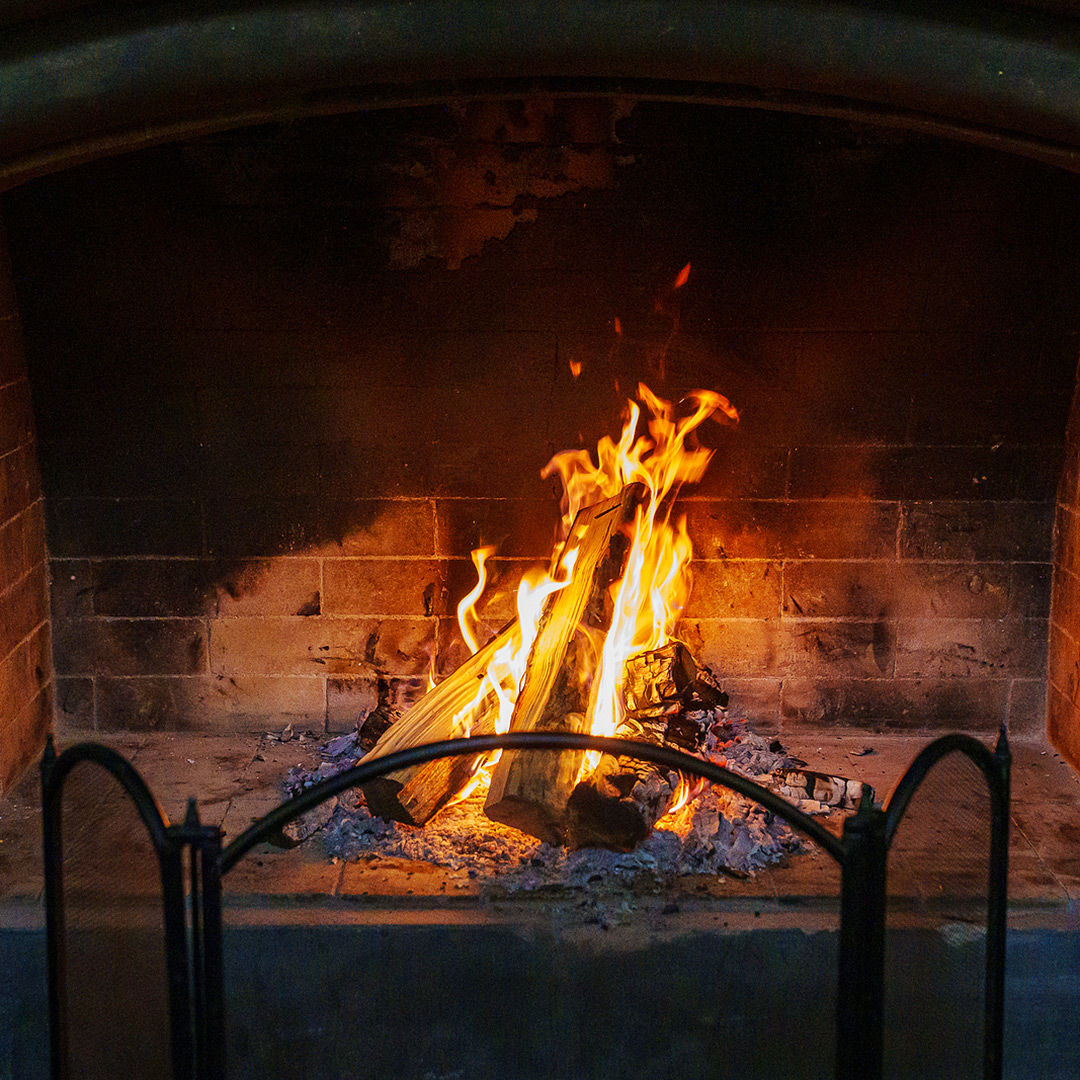






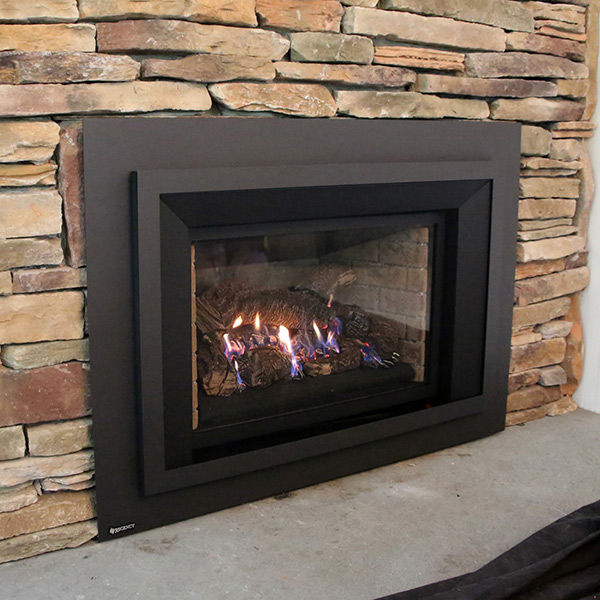 No fires for 24 hours
No fires for 24 hours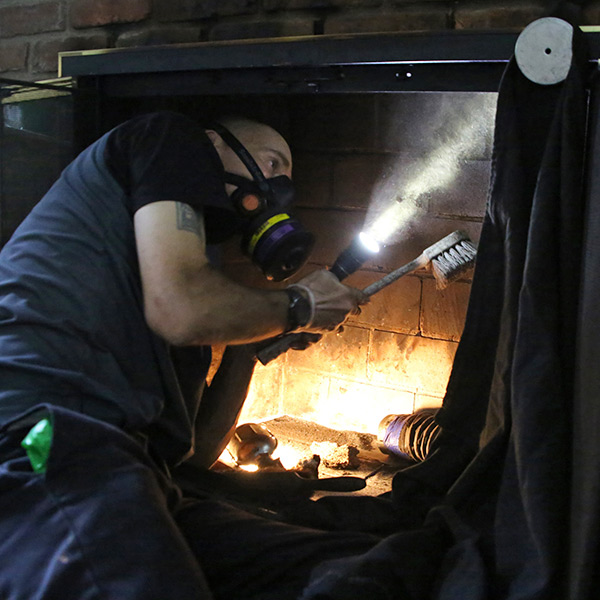 Compile any questions and concerns ahead of time
Compile any questions and concerns ahead of time